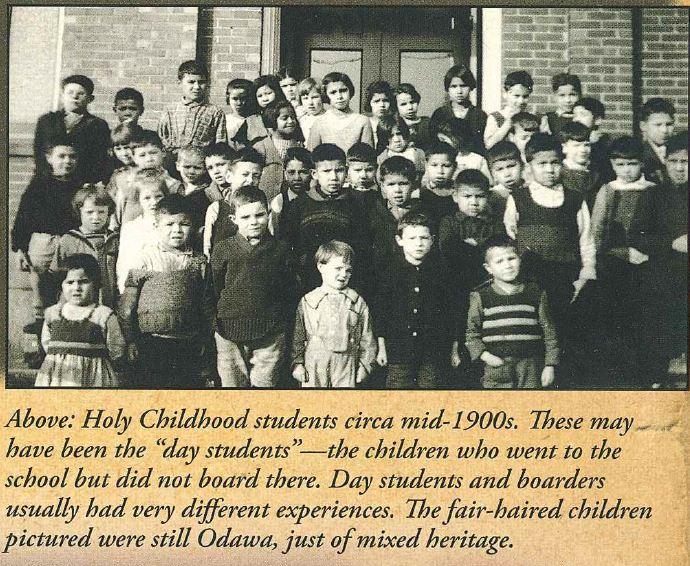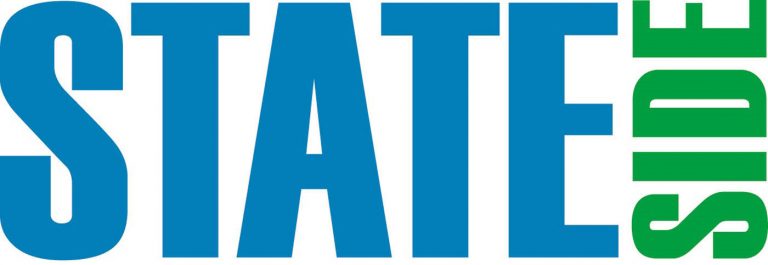What were Indian Boarding Schools?
Indian boarding schools were created for children from tribal communities. These schools existed throughout the United States and Canada. Some of these schools were near tribal land, but others were far from tribal populations. Although Indian boarding schools were sometimes operated by different churches, they still followed laws of the United States government.
Who Created the Schools?
In the 1800s, the United States wanted Indigenous people to be more like white settlers. Laws were made to force this change. Many non-native people thought natives were “uncivilized.” They thought it was the duty of the United States to make natives “civilized.” One of these laws was to force native children to go to boarding schools. Boarding schools were a drastic change to native families and communities.
What Happened at the Schools?
Native kids as young as six years old would attend these schools. Some kids were allowed to go home at the end of the day, while others lived at the schools, often for years. Many schools were hundreds of miles away from their families, sometimes in a different state. Once at the school, they were not allowed to speak their native language or practice their culture or native religion. If a child was caught speaking their language or practicing their tradition, he or she was punished by beatings, given extra chores or not allowed to visit family. Children wore uniforms, had their hair cut (both boys and girls) and any personal items were taken away from them. In many schools, children had to attend church, sometimes two or three times a day. Many children experienced emotional, physical and mental abuse at the schools, sometimes lasting many years.
The story of Indian Boarding Schools in the United States is terrible and complicated. They were the only institutions in the country created to erase the culture, identity and language of a particular race: Native Americans. Many native children suffered numerous types abuse, resulting in inner-generational trauma in their communities. Sadly, many children passed away at the schools, never making it back home. Some children did not have negative experience, adding to the complexity of this story. But the fact remains that government policies separated native families and communities and targeted the destruction native identities and beliefs.



